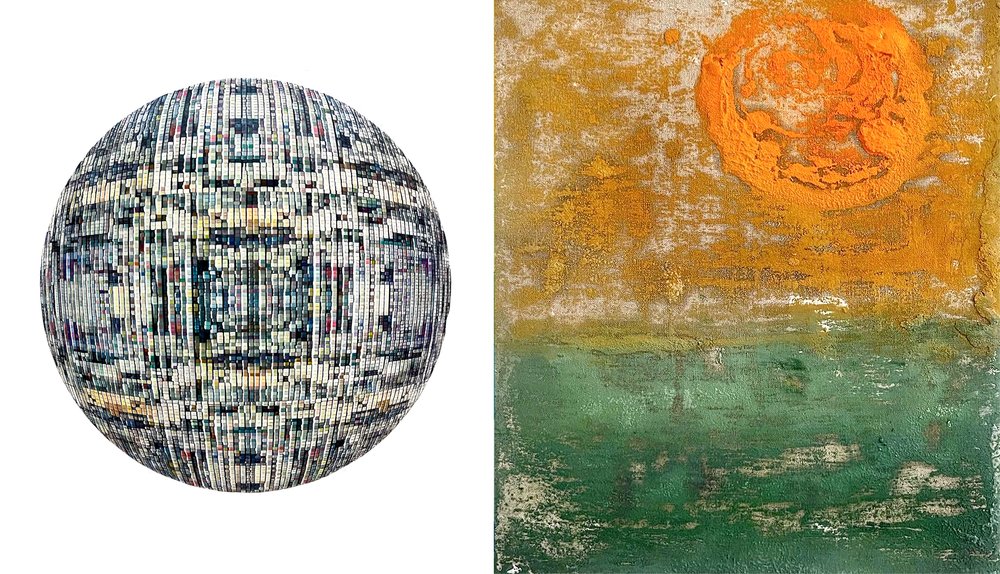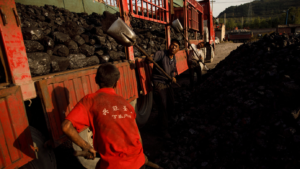The ICMGLT acting President will participate in an exhibition in Boston at Lamontagne gallery, see details below:
13 – June 18, 2022
Opening Reception:
Friday, May 13, 5 – 8 p.m
LaMontagne Gallery is pleased to present You Had Me at Goodbye, a two person exhibition including work by Shay Kun and Yoab Vera, which tackles themes of memory and perception within metropolitan areas.
In this series of recent works, Shay Kun uses strategies of reproduction and editing to turn aerial views of poor neighborhoods around the world into geometric systems of labyrinths, underscoring the gap between their visually pleasing, two-dimensional representation and their reality as three-dimensional infernos. We have grown accustomed to drawing conclusions about existence in the lived sphere based on our own flattened perception. In this series, Kun is reducing the three-dimensional urban plight of modern cities to two dimensional paintings thereby simplifying our rendering of these inhabitants’ lives. The reconstructed images attempt to suspend our automatic perceptual mechanisms, disrupting their structural logic to impede us from filling in the gaps by relying on previously concluded assumptions. The rules are strict, light is the hand: Each image is crossed by horizontal and vertical mirrors deployed along the outline of parallel lines. Through these tracks, which define the rigidity threshold for these sights, the tough symmetrical world is revealed as a soft territory, consisting of multiple delicate transparencies. It is interesting to see how Kun, a master of the little detail, approaches the structural foundation of his work in a concise manner. We find out that it only takes symmetrical multiplying to turn the transient into an enclosed plaza which opens before us like a geometrical ornament. The dark lines separate the soft, visual reality displayed on these cotton canvases with the actual concrete jungle the paintings seek to represent. Like hieroglyphic sheets, or a map from an old computer game, these tracks ask to be inhabited by their citizens. Thus, we are made aware of their existence. For Kun, accessing various layers of consciousness may be likened to solving a riddle rather than a question with a binary answer. The raw materials of existence are the ones that establish what we consider to be the most plausible and usually simplest version of events. At times, viewing the daily news is the sweetest ‘bitter pill’ available for bolstering our sense of being; we crave that human connection. In other instances, our bystander observations cause us to ponder heavier questions found in the dark corners of reality.
In his current paintings, Yoab Vera continues an auto-ethnographic investigation on ways to recognize the present moment through observation of urban landscapes. On a daily basis, Vera performs meditative walks during sunset throughout the streets where he is based; this last year moving through Los Angeles, New York, and Mexico City. He is interested in the empathic symbolism found in the simple act of pausing to observe our shared mundane; for instance, to contemplate sunlight moving through the bark of a tree or a raindrop touching the decaying patina of a colorful wall façade. For Vera, finding and observing these everyday nuances throughout our city’s landscapes involves noticing ubiquitous matter in the urban scenery as a reminder to pause and return to a mindfully-aware presence. Back in his studio, with bare hands, he amalgamates oil-stick with concrete on the surface of each painting. During this process, he freely associates memories from his contemplative strolls into his finger-marked paintings. Gradually as he is painting, reminiscences of other global metropolitan landscapes arise, giving space for a hybridization of memories to materialize over the canvas.. These semantic memories are conscious long-term evocations that involve meaning-making, understanding, and recognition of conceptual phenomena about the world. Each of Vera’s paintings become a celebratory memento of being here now — alive; while simultaneously becoming relics of a ritual for interconnection that alludes to our common humanity and shared everyday environments. Within these works, Vera has focused on concepts of quotidianity and social time – particularly, circadian cycles and calendaric systems. For Calendarios: Varieties of Presence #05.2022, he assembles a modular painting built with 31 elements, forming the standardized shape of the current month. Each fragment of the calendar-painting exposes a relation between urban colorful wall-paintings and pictorial mindscapes. In Atardeceres: Quotidian Souvenirs, sunset scenes are painted in the span of a week while traversing the coastline of Nayarit, Mexico, exploring the meaning of circadian rhythms, the natural processes of physical, mental, and behavioral changes that follow a 24 hour cycle. Vera is interested in the psychology of how daylight and color affects thoughts, feelings, emotions and behavior. His painterly process is meditative, in one sitting, allowing impressions of memories to emerge while the solidifying concrete determines the duration of each sit. Each sunset painting is different yet still immediately recognizable as a sunset. For Vera, each iteration between paintings becomes an inclusion of the process of recognizing affect in the texture of memories which are either created or recalled in a continuum, always impermanent, always changeable, sometimes ulterior, sometimes apparent; other times embodied, embracing the cognitive, the emotional, and the sensuous.




